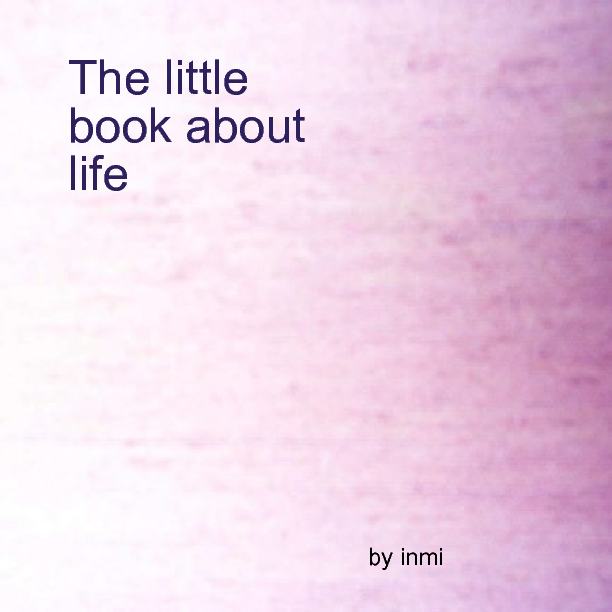

It shows a handsome, sculpted face crumpled in anguish though initially unpleasant to look at, it is much more evocative of the contents: Jude is the patron saint of lost causes, the Christlike Man of Sorrows. The American cover, on the other hand, makes it all about Jude’s agony. The UK cover, which shows the fire escape at the first apartment Jude and Willem rent together after college, puts the city and the friendships front and centre.

The American and British cover images emphasise different aspects of the novel. Sometimes, though, Jude’s attempts to open himself to love cruelly backfire. Three people never fail him: Willem Andy, his longsuffering physician and Harold Stein, a law professor who adopts thirty-year-old Jude as his son. Throughout, he’s looking for the language with which to reveal his past, and the right person to receive it all.

He is the epitome of the tortured genius. That broken body is in striking contrast to a beautiful mind: while in law school Jude also completed a postgraduate degree in pure mathematics. His body is riddled with disease and cross-hatched with scars from years of physical and sexual abuse as well as subsequent self-harm. At every turn potential male role models betrayed him. A Dickensian orphan, he was found behind a drugstore as an infant and raised in a South Dakota monastery and a Montana boys’ home. Loyalties shift over the years and the four friends vary in importance, but Jude is without a doubt the protagonist indeed, he is one of the most memorable characters in recent fiction. Among the potential answers are: love (though it doesn’t conquer all), friendship, creativity, and the family you create for yourself. A Little Life is its own microcosm, an attempt to tackle the monolithic question of what makes life worth living. Despite the passage of nearly 40 years, the novel feels contemporary throughout there are few references to technology or pop culture and no discussions of world events. They have a small outer tier of relationships – fellow artists and lawyers – but over the decades, their lives remain remarkably insular. Like Donna Tartt’s The Secret History, the novel traces the ambitions and missteps of a tightknit group of college friends. Francis is a brilliant lawyer with a mysterious, traumatic past. Two are black and two are white two are straight and two are gay – or is that all four gay? Jean-Baptiste (JB) Marion is a Haitian artist from a stifling matriarchal clan Malcolm Irvine is a biracial architect from a wealthy family Willem Ragnarsson is a kind, attractive Scandinavian from the Midwest who becomes a movie star and Jude St. In brief, it’s about four university roommates who settle in New York City. Believe the hype from America, where Hanya Yanagihara’s second novel was released in March: this is sure to be one of the books of the year, if not the decade.


 0 kommentar(er)
0 kommentar(er)
